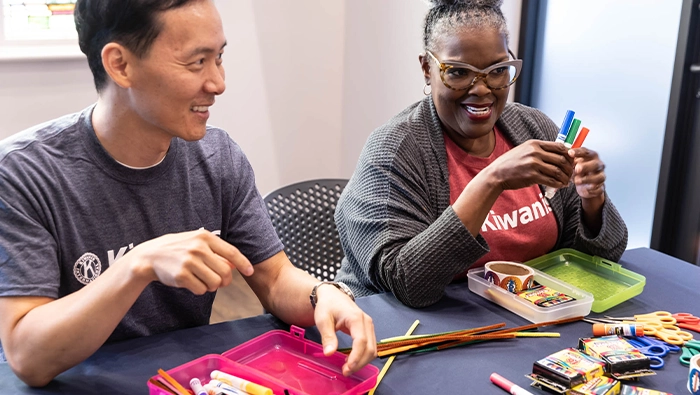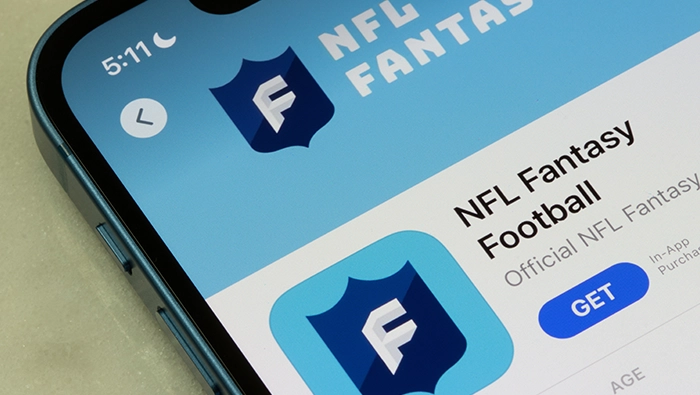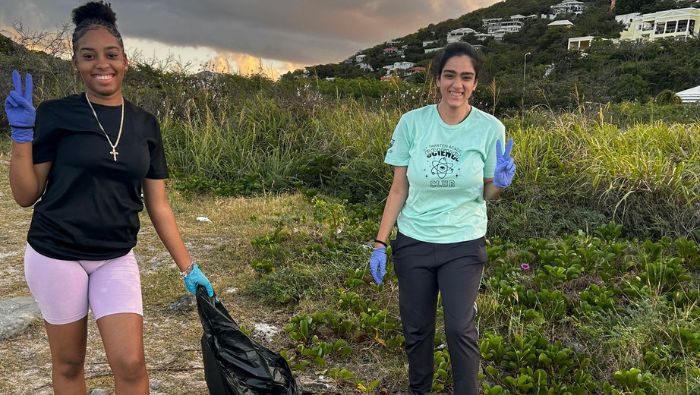The Kiwanis Children’s Fund awarded 17 Youth Opportunities Fund grants to outstanding Key Club projects in April.
By Erin Chandler
This year, Key Club International is celebrating 99 years of making a difference in schools and communities around the world. The Kiwanis Children’s Fund established the Youth Opportunities Fund so that Key Club leaders can continue taking action for the next 99 years and beyond.
In April, the Children’s Fund awarded Youth Opportunities Fund grants for 17 outstanding Key Club projects that foster collaboration between clubs and their communities. Of the top 11 projects — as determined by the Key Club International Board committee and Children’s Fund representatives — eight are new projects launched this year. In alphabetical order by club name, the top 11 are:
Firebird Garden
Key Club of BASIS Phoenix, Arizona, U.S.
The BASIS Phoenix Key Club will work with their school’s National Honor Society, Science National Honors Society and National Art Honor Society to turn part of the campus into a raised-bed community garden with a decorated bench and shed. The garden will serve as a hands-on outdoor “lab” classroom where students will be responsible for growing and studying pumpkins, watermelon, carrots, tomatoes and more. It also will be a space for social interaction, collaboration and the cultivation of mental health.
Children Christmas Lane and Community Fund Day
The Key Club of Bishop Michael Eldon High School, Grand Bahama, The Bahamas
Teaming up with the Kiwanis Club of Freeport, the Bishop Michael Eldon High School Key Club is bringing holiday cheer to the entire community. The project began by distributing holiday gifts to kids in need but is now expanding so that 100 families also receive grocery bags filled with food and toiletries. The event will also feature festive decorations, an arts and crafts corner, a bouncy castle, face painting, games and stations where nurses will provide health screenings.
Operation Warm Coats
Key Club of Huntington Park High School, California, U.S.
With monthly food baskets, grocery gift cards, and school and hygiene supplies, members of the Huntington Park High School Key Club have been helping people who struggle with homelessness and food insecurity in their community — including students in the Key Clubbers’ own school. Now they will expand their project by providing warm winter coats to students at Huntington Park High School, Marquez High School and Roybal-Allard Elementary School. Members hope the coats will help more students attend school regularly in poor weather — and maybe even help save lives.
Supporting Our Seniors
Key Club of Lake Ridge High School, Texas, U.S.
“Supporting Our Seniors” is an expansion of the Lake Ridge High School Key Club’s previous “Elevating the Elderly” program. Club members will combat loneliness among residents of Walnut Creek Assisted Living and Memory Care with planned visits, events and projects, including a talent show, care packages, handwritten cards, arts and crafts, and fun games. The senior citizens will benefit from the companionship and excitement, while the Key Club volunteers will learn about their elders’ life experiences and receive their advice.
Gifts That Keep Giving
Key Club of Mayde Creek High School, Texas, U.S.
The Key Club of Mayde Creek High School will support people experiencing homelessness in their community by assembling 90 care packages containing high-quality, long-lasting resources to safeguard recipients’ physical and mental health. The packages will contain hygiene supplies like body wipes and bandages, socks and underwear, reusable water bottles, notebooks and writing utensils, and candies that will be especially helpful as grounding aids for people with PTSD. Club members will also personalize the packages by including handwritten letters. The club will make some of the packages available to fellow students at their school and will donate the rest to be distributed to those in need by two local ministries.
Cozy Care for Companions
Key Club of North Garland High School, Texas, U.S.
When members of the Key Club of North Garland High School heard about the overcapacity and lack of resources in Texas’s animal shelters, they knew they had to do something to help both the animals and the shelter workers. Through donation drives — including tennis balls donated by the school’s tennis coach — and events dedicated to making pet toys, the club will provide beds and care packages to comfort and enrich the lives of the furry shelter residents. Club members will also write adoption biographies and volunteer to support shelter staff. In collaboration with the Society for the Prevention of Cruelty to Animals and the Garland Animal Shelter, they additionally hope to create informational posters for new and potential pet owners.
Adopt-a-Kinder
Key Club of Santa Ana Valley High School, California, U.S.
In the Key Club of Santa Ana Valley’s “Adopt-a-Kinder” program, high school students “adopt” kindergarten students at a local elementary school for Read Across America, an annual day to celebrate and promote literacy. The high schoolers read books with the kindergarteners, and each kindergartener then keeps the book — and gets a tasty treat. The project has been so successful that it is expanding from one to three elementary schools this year.
Soles for Souls
Key Club of Southmoore High School, Oklahoma, U.S.
In their “Soles for Souls” program, the Key Club of Southmoore High School will place decorated donation boxes in classrooms and local businesses to collect new shoes and socks for people who need them in Guatemala. The club hopes to collect 2,000 shoes that will be distributed, in cooperation with Believe Guatemala, to approximately 100 Guatemala City families who make their living by picking through a landfill for items to resell. The shoes and socks will protect the feet of adults and children alike from glass, needles, chemicals and other hazardous materials.
Clean Shores Initiative: Bin the Waste, Keep the Coastline Great!
Key Club of St. Maarten Academy, Sint Maarten
Members of the Key Club of St. Maarten Academy took it upon themselves to maintain the public Little Bay Beach for their community, as well as for visitors to the area — but they noticed that trash continued to pile up between their bimonthly cleanups. To help address the problem, they will install six waste bins along the beach with signs that promote the preservation of the environment and its fragile ecosystems. Additionally, club members will contribute hand-painted signs encouraging the proper disposal of waste, painted murals to further beautify the area and sea grape trees to protect the shoreline. They also plan to partner with the St. Maarten Academy science club to install three recycling bins as part of their UNESCO-funded Green Dream project.
Enhancing Senior Well-being
Key Club of Stephen F. Austin High School, Texas, U.S.
The Key Club of Stephen F. Austin High School will bring mental and social engagement to residents of the Clayton Senior Living Center with a roster of activities. Club members will lead residents of the center in various workshops, including board games, bingo, crochet and other arts, and technology. In doing so, they hope to forge stronger intergenerational bonds in their community.
Sleep in Heavenly Peace
Key Club of Webster High School, South Dakota, U.S.
The Key Club of Webster High School will partner with the Sleep in Heavenly Peace organization to build twin beds for children in the community. Having learned how children sleep better in their own beds — and enjoy better mental, emotional and physical health — the club members will work with local Kiwanis and Builders Clubs to help measure, cut, sand, stain and assemble the beds. Sleep in Heavenly Peace will then deliver the beds to families.
How to get involved
Does your Key Club have a project idea that could benefit from a Youth Opportunities Fund grant? Learn more about the grant and how to apply on the Key Club website. If your club does not yet sponsor a Key Club, learn about the advantages of chartering one today on the Kiwanis Service Leadership Programs page.



